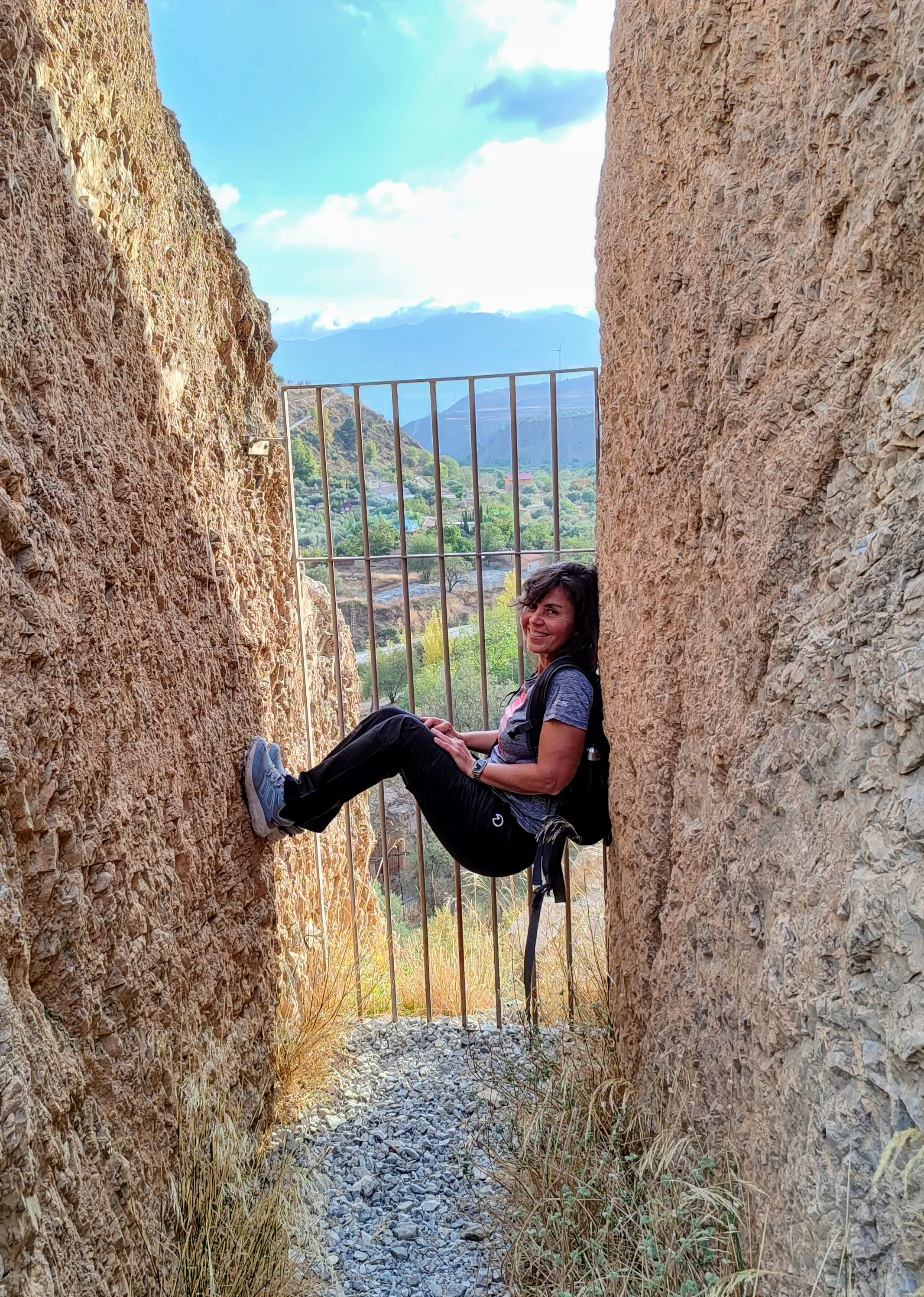Hello chic@s:
What I have investigated on the readings, surely you know why I am new in these lides, but I love to investigate and the scientific/empirical method Essay Error:
The traditional glucometer measures the level of blood glucose and instead continuous glucose meters free freeyle type measure glucose at the tissue level (interstitial fluid)
When blood glucose is maintained for a long period of time the values must be quite even between the two meters, but when there is a rise/down trend like the arm sensor goes with a delay of approximately 15 minutes the difference can bebig.
Today for example, after eating;At 2 h 20 minutes of food intake the freestyle showed a value of 118 ... at 15 minutes 117 ... and 5 minutes later 113 all this with horizontal arrow.(completely stable)
Well, I have performed a glycemia test with the glucometer (Opium neo) and marked 97 ... compared to the last measure of the freestyle (113) the margin of error approximately 15%.
Taking into account as I commented that the value of the freestyle goes with a quarter time3%.
Taking into account that delay, when we are in an arrow trend up the margin of error will be greater than 15% because the values are more unstable.
The "good" is that with the theme of glycemia, for the aforementioned delay, it will always notify a little earlier;Keep in mind that these pots, like smartwatches when they measure pulsations and other constants by infrared, use algorithms to calculate/ predict those values, but are not as precise as the pectoral chest tapes that use much more accurate measurement electrodes, when one is at rest or with a stable rhythm/ cadence they are very even but when we change rhythm up then they are unbridled, there I see some operation of operation between smartwatch/ pectoral tape -& GT;Glucometer/ arm sensor.
Of course, depending on the software and algorithms with which some will be more precise than others, for example in smartwatches the fitbit are the ones that best record the dream and its phases, but again never as precise as an electrodes system in the head.
Link
This YouTube channel makes all those comparisons of smartwatches in a very scientific way in case someone could interest.
Regarding the issue of alarms that do not sound, it seems to me that this is the fault of the phone configuration exclusively;My partner has type 1 diabetes like me and has a xiaomi mobile, we were unable to configure the alarms in the mobile, in fact looking online in forums by the specific phone model it does not seem that there was a clear solution beyond lookingIn all mobile configuration.
After a while to review well for all the parts I got the alarms to sound.
In my case, with my sensor and my real mobile it was much simpler, with clicking on the application of LibreLink in information I could stop configured in a minute and the alarms at the moment always sound to me, it is true that sometimes sometimesI get the typical sensor error to wait 10 minutes but after that time it works.
There are also times that I have to read several times but I am not sure if it is for the sensor or by the NFC chip of the mobile.
It is clear that there will be other factors that determine their optimal functioning, as you already know heat, sweat, moistureActivity of each person ... Anyway a lot of variables ... Of course there is also the possibility that some leave defective, I am delighted for now.
Greetings for all
Woody Allen: “Sé que no merezco el Príncipe de Asturias, pero tampoco la diabetes que padezco”.







